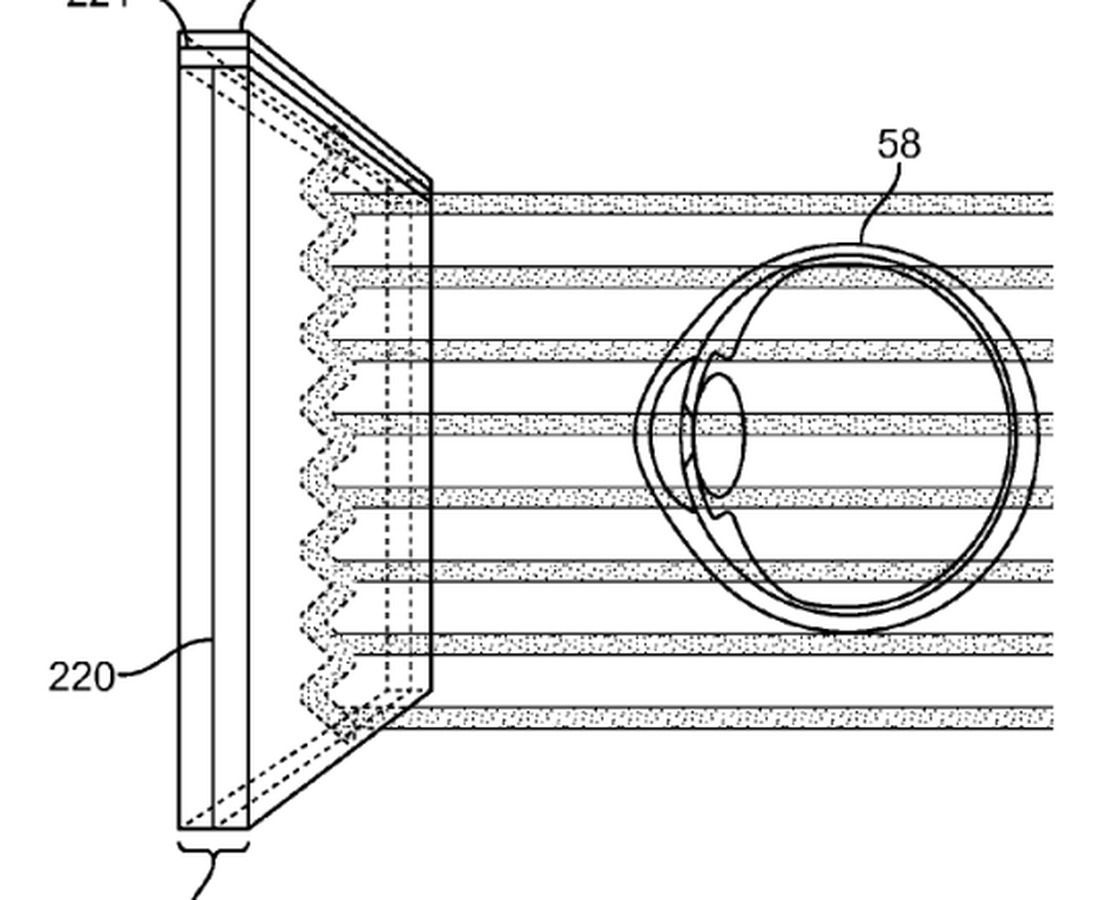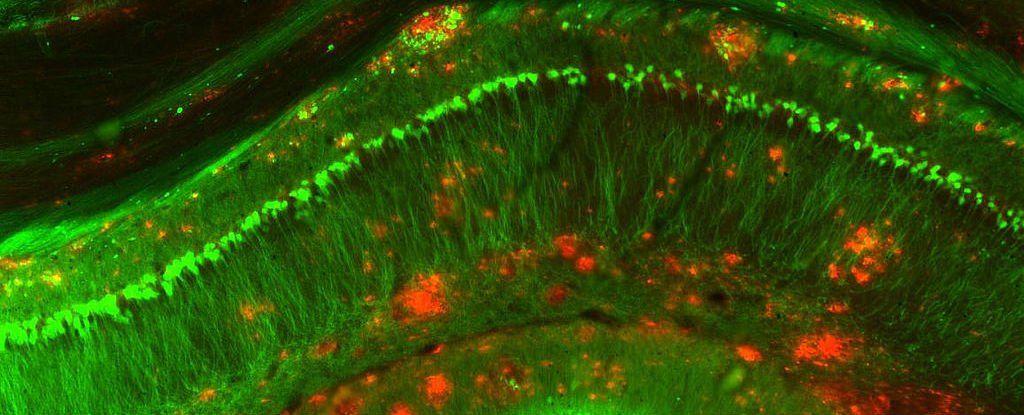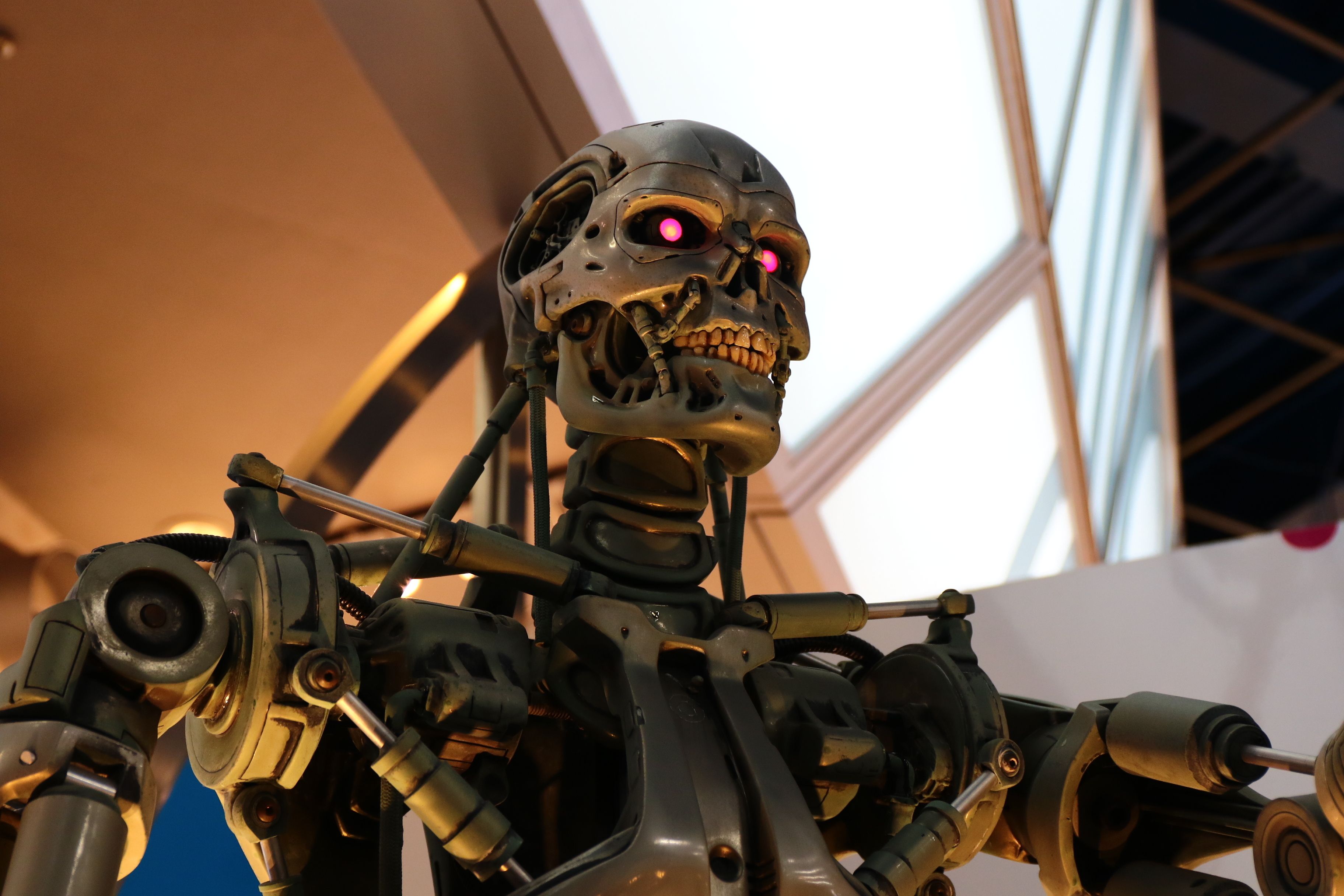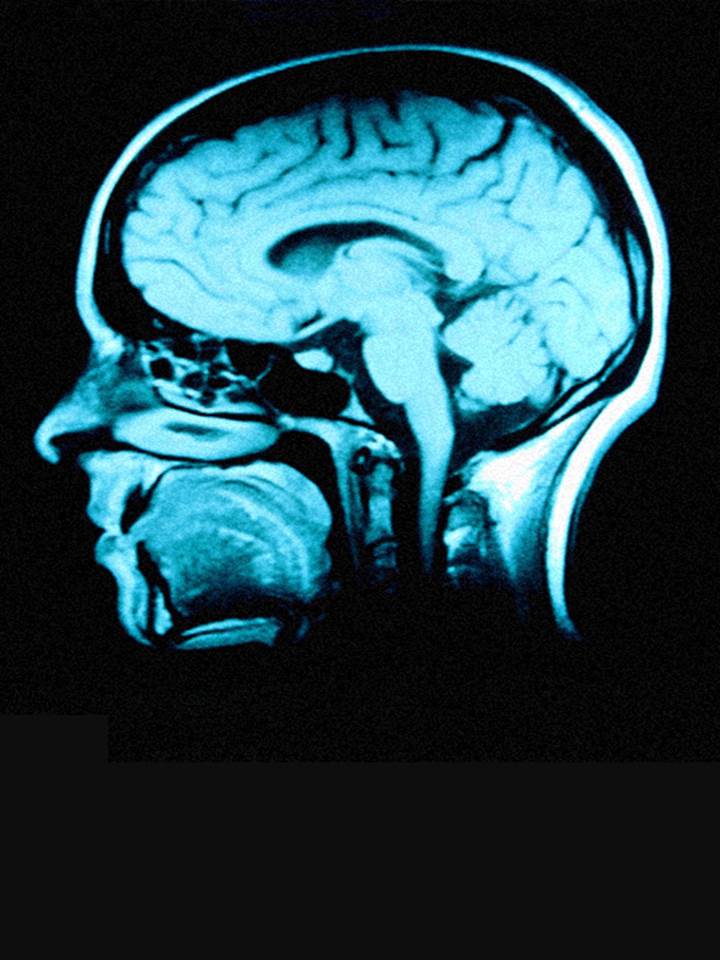Archive for the ‘neuroscience’ category: Page 965
Apr 23, 2016
Europe plans giant billion-euro quantum technologies project
Posted by Karen Hurst in categories: neuroscience, quantum physics
Nice
Third European Union flagship will be similar in size and ambition to graphene and human brain initiatives.
Apr 22, 2016
Scientists Closing in on Theory of Consciousness
Posted by Shailesh Prasad in category: neuroscience
Probably for as long as humans have contemplated their navels, they have sought to understand consciousness. Now, neuroscientists are making strides in developing theories to explain the phenomenon.
Apr 22, 2016
Breathtaking Visualization of the Universe Will Make You Feel Like an Ant
Posted by Montie Adkins in categories: information science, neuroscience, space

Ever notice how maps of the large structures of the Universe look like maps of the brain or a Pollock painting?
On the grandest scale, our universe is a network of galaxies tied together by the force of gravity. Cosmic Web, a new effort led by cosmologists and designers at Northeastern’s Center for Complex Network Research, offers a roadmap toward understanding how all of those tremendous clusters of stars connect—and the visualizations are stunning.
Continue reading “Breathtaking Visualization of the Universe Will Make You Feel Like an Ant” »
Apr 21, 2016
Patents remind us that Magic Leap is powered by tiny projectors, not magic
Posted by Klaus Baldauf in categories: augmented reality, computing, neuroscience
Over the past few days, Wired has published some articles that give us the closest look yet at the ambitious, enigmatic augmented reality company called Magic Leap. They’ve left us with both a lot of fascinating possibilities and a lot of questions, because most of Magic Leap’s technological explanations are couched in the language of either science fiction or, well, magic. As poetic as “[talking] to the GPU of the brain” and “dreaming with your eyes open” sounds, this is probably the clearest and most interesting description of Magic Leap’s work in the piece:
Apr 21, 2016
New protein injection reverses Alzheimer’s symptoms in mice in just one week
Posted by Lily Graca in categories: biotech/medical, neuroscience
“IL-33 is a protein produced by various cell types in the body and is particularly abundant in the central nervous system (brain and spinal cord),” says lead researcher, Eddy Liew from the University of Glasgow in the UK. “We found that injection of IL-33 into aged APP/PS1 mice rapidly improved their memory and cognitive function to that of the age-matched normal mice within a week.”
Before we go any further, we should make it clear that these results are restricted to mice only, and at this stage, we have no idea if they will translate at all in humans with Alzheimer’s.
And the odds aren’t great — one study put successful translation of positive results in mice to humans at a rate of about 8 percent, so we can never get too excited until we see how things fare in human trials.
Continue reading “New protein injection reverses Alzheimer’s symptoms in mice in just one week” »
Apr 21, 2016
Reinvent Yourself: The Playboy Interview with Ray Kurzweil
Posted by Klaus Baldauf in categories: biotech/medical, chemistry, computing, education, electronics, engineering, life extension, media & arts, neuroscience, Ray Kurzweil, singularity
Many think author, inventor and data scientist Ray Kurzweil is a prophet for our digital age. A few say he’s completely nuts. Kurzweil, who heads a team of more than 40 as a director of engineering at Google, believes advances in technology and medicine are pushing us toward what he calls the Singularity, a period of profound cultural and evolutionary change in which computers will outthink the brain and allow people—you, me, the guy with the man-bun ahead of you at Starbucks—to live forever. He dates this development at 2045.
Raymond Kurzweil was born February 12, 1948, and he still carries the plain, nasal inflection of his native Queens, New York. His Jewish parents escaped Hitler’s Austria, but Kurzweil grew up attending a Unitarian church. He worshipped knowledge above all, and computers in particular. His grandmother was one of the first women in Europe to earn a Ph.D. in chemistry. His uncle, who worked at Bell Labs, taught Ray computer science in the 1950s, and by the age of 15, Kurzweil was designing programs to help do homework. Two years later, he wrote code to analyze and create music in the style of various famous composers. The program won him the prestigious Westinghouse Science Talent Search, a prize that got the 17-year-old an invitation to the White House. That year, on the game show I’ve Got a Secret, Kurzweil pressed some buttons on a data processor the size of a small car. It coughed out original sheet music that could have been written by Brahms.
After earning degrees in computer science and creative writing at MIT, he began to sell his inventions, including the first optical character recognition system that could read text in any normal font. Kurzweil knew a “reading machine” could help the blind, but to make it work, he first had to invent a text-to-speech synthesizer, as well as a flatbed scanner; both are still in wide use. In the 1980s Kurzweil created the first electronic music keyboard to replicate the sound of a grand piano and many other instruments. If you’ve ever been to a rock concert, you’ve likely seen the name Kurzweil on the back of a synthesizer.
Apr 20, 2016
Biohackers are turning to the black market for BRAIN implants
Posted by Klaus Baldauf in categories: geopolitics, neuroscience
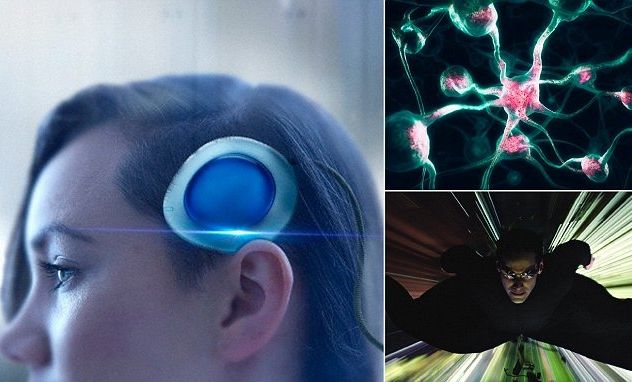
Presidential candidate, Zoltan Istvan, claims he knows two Americans who are travelling abroad to get the technology. He says it could become a widespread practice in 5 to 10 years.
Apr 20, 2016
What Does it Mean to “Move to the Cloud”? This eBook Breaks Down the Myths
Posted by Karen Hurst in categories: bitcoin, computing, employment, finance, internet, neuroscience, robotics/AI
Again; many problems with AI & IoT all ties back to the infrastructure of things. Focus on fast tracking QC and an interim solution (pre-QC) such as a mix of Nvidia’s GPU, blockchain for financial transactions, etc. to improve the infrastructure and Net then investors will begin to pay more attention to AI, etc.
After more than 60 years since its conceptual inception — and after too many hype-generating moments — AI is yet again making its presence felt in mainstream media.
Following a recent WEF report, many perceive AI as a threat to our jobs, while others even go so far to assert that it poses a real threat to humanity itself.
Continue reading “What Does it Mean to ‘Move to the Cloud’? This eBook Breaks Down the Myths” »
Apr 20, 2016
Bioquark Inc. and Revita Life Sciences Receive IRB Approval for First-In-Human Brain Death Study
Posted by Ira S. Pastor in categories: aging, bioengineering, biological, biotech/medical, cryonics, disruptive technology, futurism, health, life extension, neuroscience
Bioquark, Inc., (http://www.bioquark.com) a company focused on the development of novel biologics for complex regeneration and disease reversion, and Revita Life Sciences, (http://revitalife.co.in) a biotechnology company focused on translational therapeutic applications of autologous stem cells, have announced that they have received IRB approval for a study focusing on a novel combinatorial approach to clinical intervention in the state of brain death in humans.
This first trial, within the portfolio of Bioquark’s Reanima Project (http://www.reanima.tech) is entitled “Non-randomized, Open-labeled, Interventional, Single Group, Proof of Concept Study With Multi-modality Approach in Cases of Brain Death Due to Traumatic Brain Injury Having Diffuse Axonal Injury” (https://clinicaltrials.gov/ct2/show/NCT02742857?term=bioquark&rank=1), will enroll an initial 20 subjects, and be conducted at Anupam Hospital in Rudrapur, Uttarakhand India.
Tags: aging, anti-aging, biological, biotech, biotechnology, brain death, cryonics, Death, evolution of brain, future, God, humanity, Immortal Life, immortality, Life extension, longevity, Neural Stem Cells, Neurology, neuropharmacology, Neuroregeneration, Neuroscience, posthumanism, Radical Life Extension, reanimation, rejuvenation, Religion, research, resurrection, singularity, technology, transhumanism



